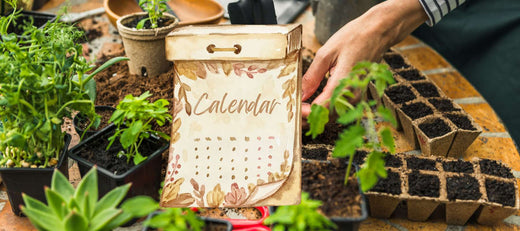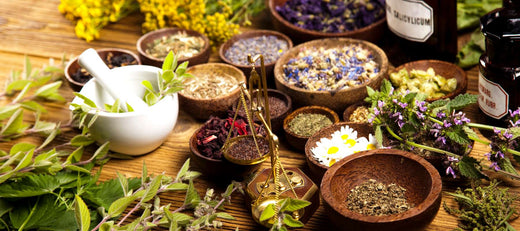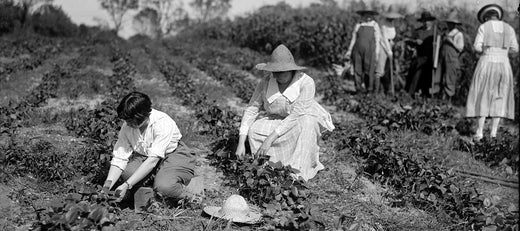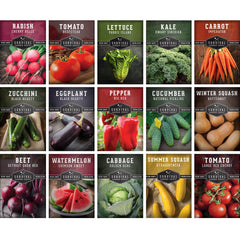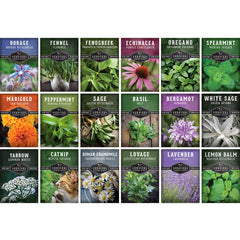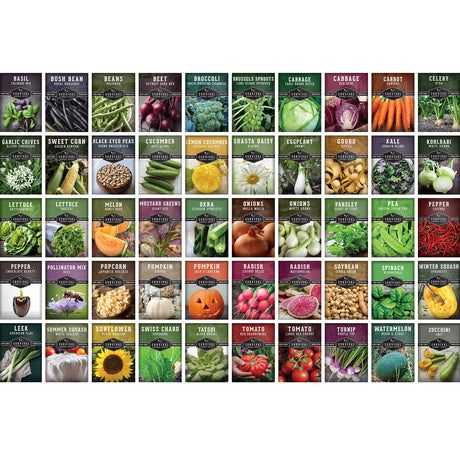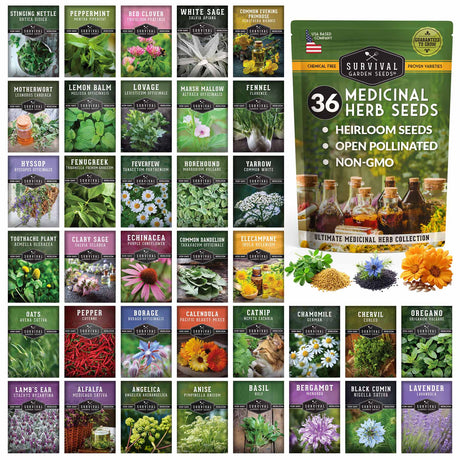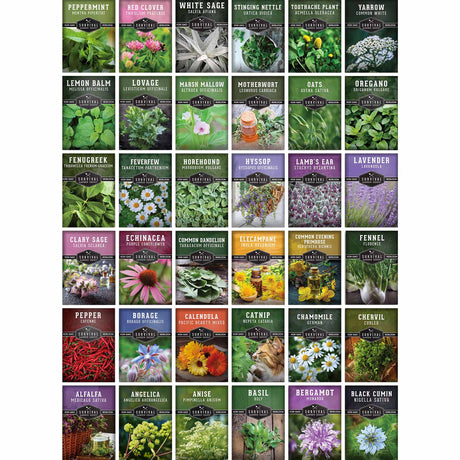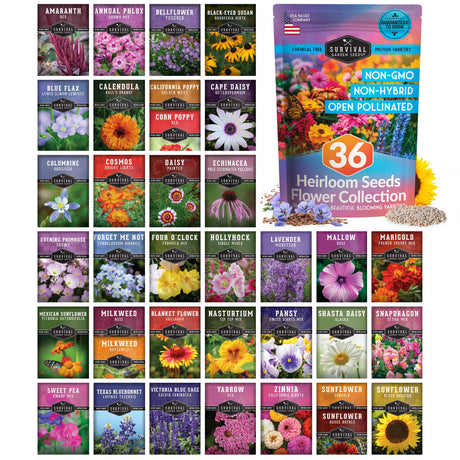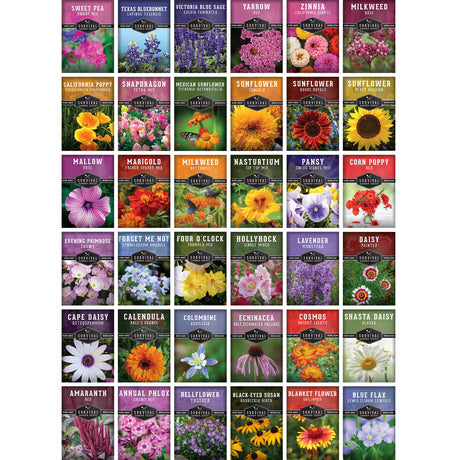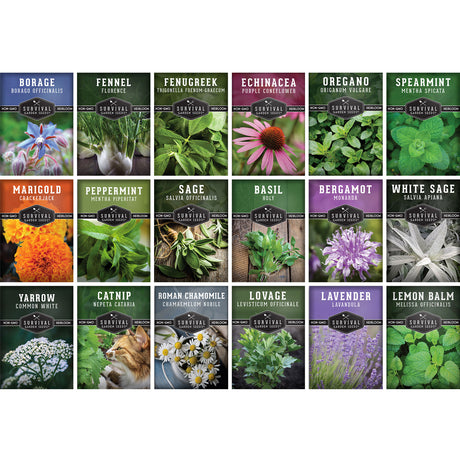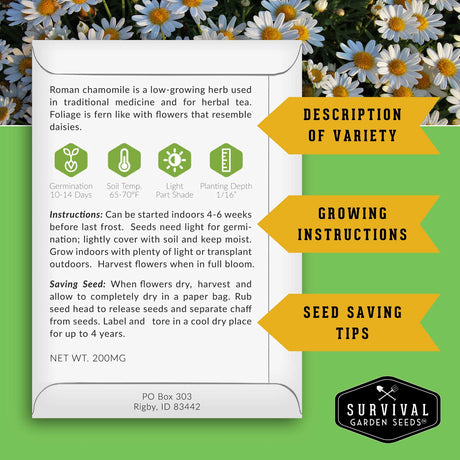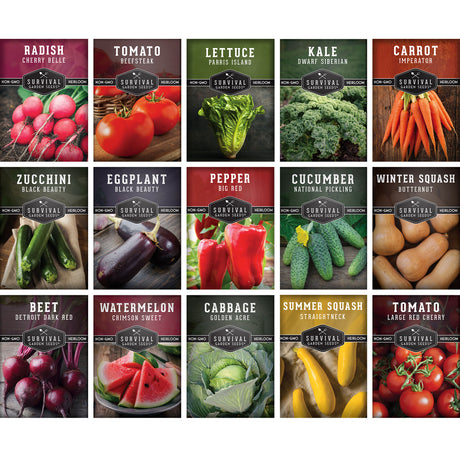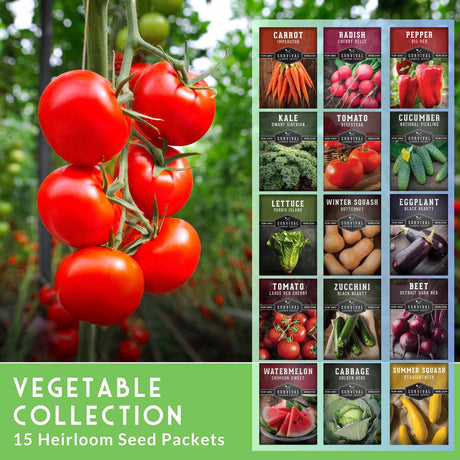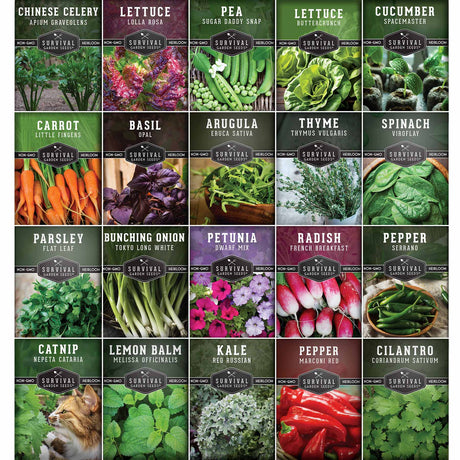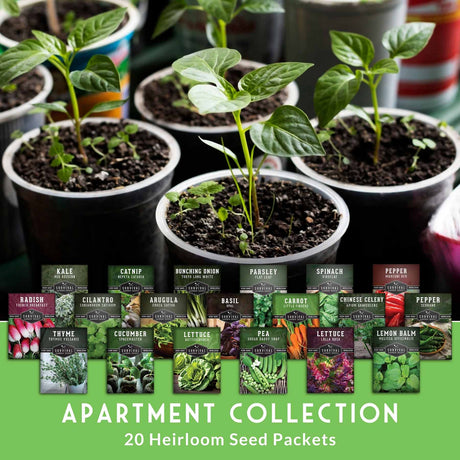Zinnias are popular, easy-to-grow annual flowers that you need in your garden. Beyond their bright colors, zinnias also have important benefits, like attracting pollinators and preventing pests. Let’s take a look at why you should have this colorful flower in your garden this year.
The History of Zinnias
Zinnias are native to Mexico and Central America and were important to the Aztecs as symbols of astronomical events. The name comes from the German botany professor, Johann Gottfried Zinn, who discovered these plants and took them to Europe in the 1700s. In the 1880s, French horticulturists began experimenting with zinnias to develop new varieties. Zinnia elegans, a variety we still cultivate today, was among those with the best results. At this time, the zinnia exploded in popularity with English gardeners; however, the flowers did not fare well in the cool, damp climate of England.
Also around this time, American growers became interested in the flower. William Atlee Burpee began experimenting with the hybridization of the original Mexican wildflower, eventually developing the many types of zinnias we have today. Modern zinnias come in many shapes, including single blooms, double blooms, and sizes ranging from a few inches to over four feet tall.
The Perfect Companion Plant
Zinnias are an excellent choice for companion plants in your vegetable garden for a couple of reasons.
Zinnias Attract Pollinators

One of the biggest advantages zinnias bring to your garden is their attractiveness to important pollinators. Without pollination, many vegetable plants will not produce fruit. Bees, wasps, butterflies, and hummingbirds are attracted to the bright colors of zinnia blooms. Butterflies especially like the large, open blooms of zinnias because they make a great landing platform, but it is the abundance of pollen and nectar that will keep pollinators coming back.
Zinnias Attract Beneficial Insects
In addition to the pollinators, zinnias are attractive to many helpful insects that can control some of the more common garden pests. Ladybugs, which prey on aphids and mites, love the bright colors of zinnias. Predatory wasps are attracted to the plentiful nectar of these flowers. Predatory wasps are excellent for helping to control cabbage worms, tomato hornworms, and stinkbugs. In addition, they will help pollinate your vegetables.
How to Grow Zinnias

Zinnias are one of the easiest annual flowers to grow. Zinnia seeds can be planted directly in the ground once daytime temperatures are above 60°F and the danger of frost is past. You can start them indoors 3 to 4 weeks before your last frost. These flowers do not like their roots disturbed too much, so be careful when transplanting. Germination takes about 4 to 7 days. Keep seedlings well watered and ensure good airflow around the plants once they develop leaves.
Plant zinnias outdoors in a location with lots of sun and well-draining, fertile soil. Established plants do not need a lot of water and can be prone to rot if grown in cool, wet conditions. As long as you start with fertile soil that’s rich in organic matter, you should not need to fertilize your zinnias.
These flowers are generally pest, disease, and deer-resistant and require very little maintenance. They are great to plant in areas where you are growing perennials like coneflower that are slow to grow and bloom. They will provide you with some instant gratification while your other flowers mature. To encourage lots of blooms, remove dead blossoms regularly. A single plant can produce multiple blooms at the same time. The more you deadhead and cut, the more blooms you will get.
Saving Zinnia Seeds

Since zinnia is an annual flower that will die off with winter, you will need to plant every year. You can easily save seeds from this year’s plants for the next season. The best time to save seeds is in the late summer or early fall, once the plants are thoroughly mature and produce the most viable seeds. Choose some of your largest blooms and allow them to dry out on the plant. Alternatively, you can cut the flowers, leaving a few inches of stem, but be sure to do so once the flower is past its peak and starting to die. This is when the seeds will be the most mature.
Allow the petals to become thoroughly dry and brittle before removing the arrow-shaped seeds. You will want to save only the dark, mature seeds. Lighter color seeds may not be as viable. Spread the seeds on a tray and allow them to dry for a few more weeks. Store the seeds in a cool, dry place, and they should last for 3 to 5 years.
Butterflies and Beauty
Bring butterflies and beauty to your garden with zinnias. They grow quickly, have an extended bloom period, and are easy to grow, requiring little maintenance. They even grow in space! Zinnias will attract pollinators and other helpful insects to improve your vegetable garden. Fill vases full of these cheerful flowers to brighten the indoors and encourage even more blooms. It isn’t too late to plant your Zinnia seeds for this gardening season. Order yours today, and you’ll be enjoying an abundance of beautiful flowers by midsummer!


